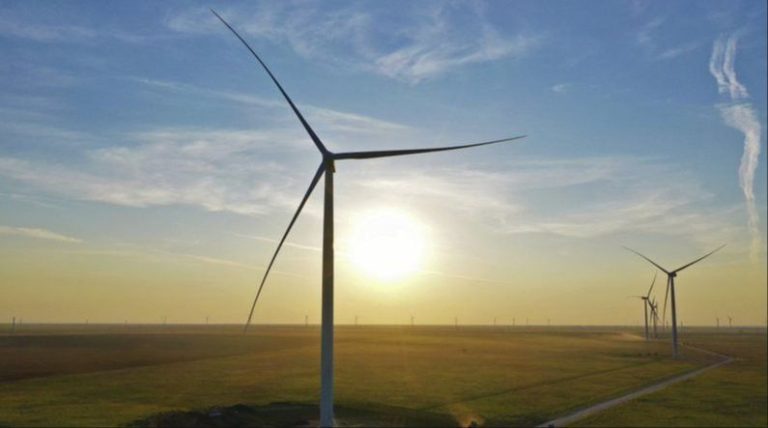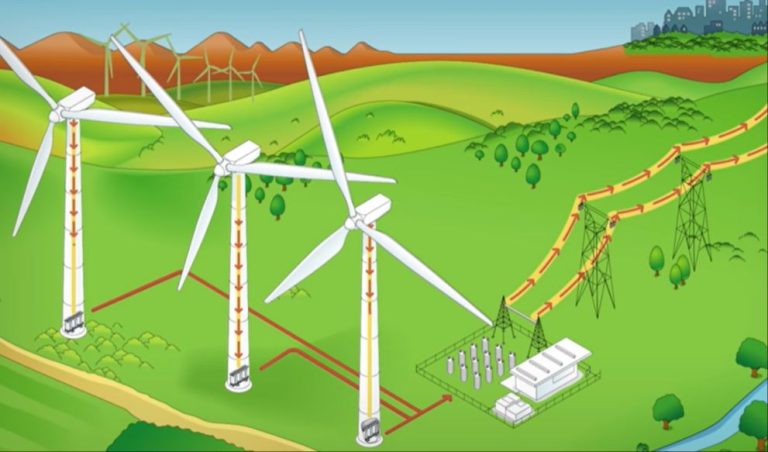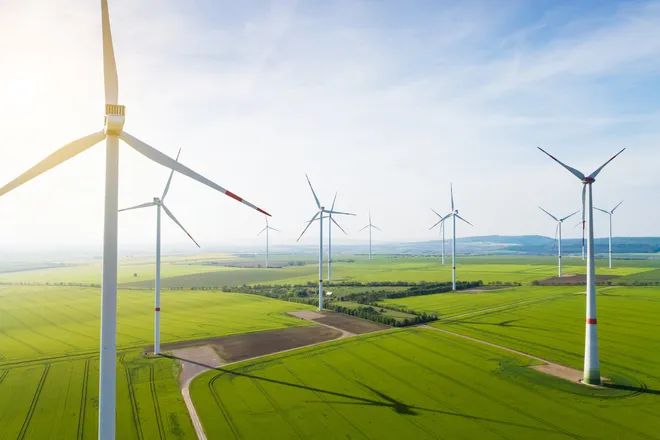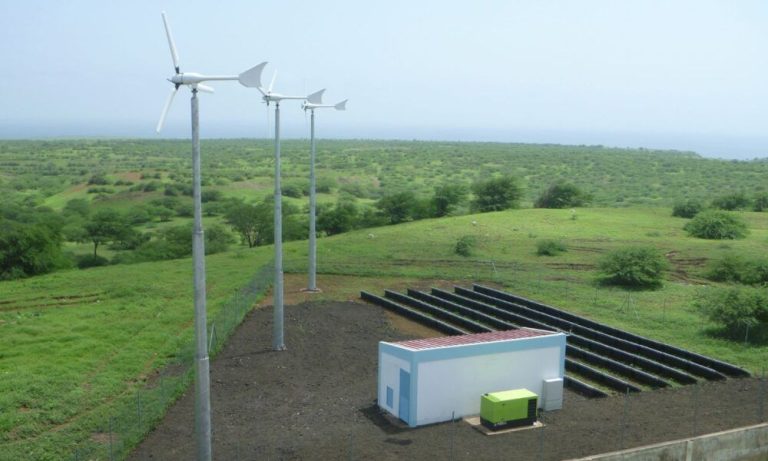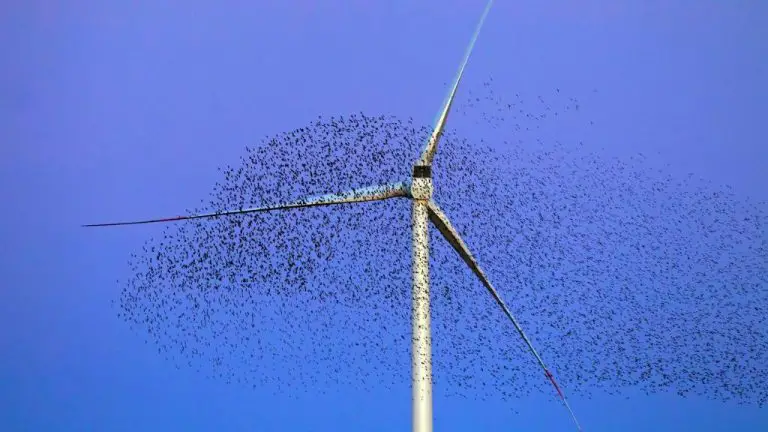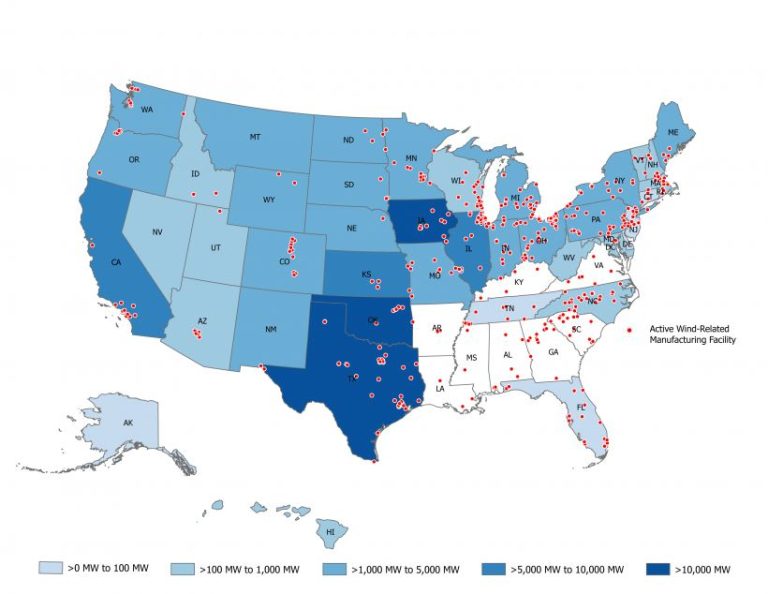What Is The Biggest Company In Wind Energy?
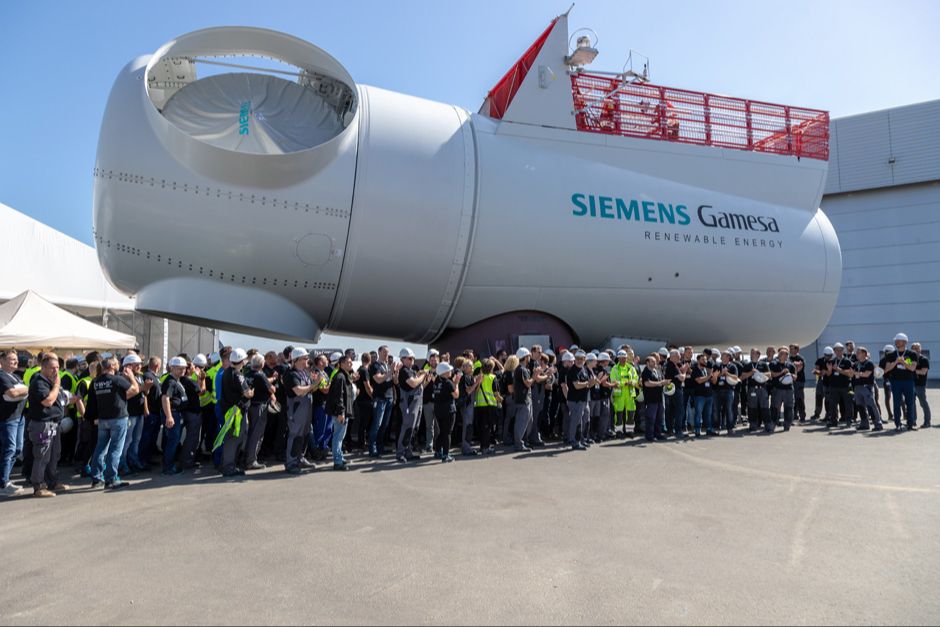
Wind energy is one of the fastest growing renewable energy sources in the world. As concerns over climate change grow, many countries are investing heavily in wind power as a clean alternative to fossil fuels. The wind energy industry has seen rapid growth over the last two decades, led by some of the world’s largest energy companies. Today, the biggest players in wind power operate hundreds of wind farms across dozens of countries and generate tens of billions in annual revenue from wind energy production.
This article will examine the largest wind energy companies in the world today. We will look at financial metrics such as annual revenue and total wind energy capacity to identify and rank the industry giants. Understanding who the major players are provides insight into where the wind power market is headed and which companies are leading the way in adopting the latest wind technologies and expanding into new markets worldwide.
Measuring Size in Wind Energy
There are several ways to measure the size and success of companies in the wind energy industry, including:
Revenue – Annual revenue indicates the total income generated by a company’s wind energy operations. Larger revenue generally signifies a larger company size and market share in wind energy. According to Wind Systems, the largest wind energy companies generate billions in revenue from wind projects and equipment.
Installed capacity – This refers to the total megawatt (MW) capacity of wind turbines a company has installed worldwide. Companies with higher installed capacities have deployed more wind projects globally. For example, Vestas had over 117 GW of installed turbine capacity as of 2020.
Market share – Market share represents the percentage of total worldwide wind capacity provided by a company’s turbines. Firms with higher global market shares are considered larger players in the wind industry. In 2020, Vestas captured over 16% of the market while Siemens Gamesa had about 15%.
By analyzing factors like revenue, installed capacity, and market share, we can determine and compare the size of major companies in the thriving wind energy sector.
#1 Vestas Wind Systems
Founded in 1945 in Denmark by Peder Hansen as Vestjysk Stålteknik A/S, Vestas Wind Systems started out producing household appliances before transitioning to wind turbines in 1979. According to the company’s Wind Turbine Track Record, Vestas has installed more than 157 GW of wind power capacity worldwide, including over 8 GW offshore. This makes Vestas the global leader in terms of total installed wind energy capacity.
Vestas has installed over 122 GW of wind capacity across 82 countries, with over 45,000 wind turbines delivered globally. Some of Vestas’ key markets include the United States, China, India, Brazil and Mexico. The company operates factories in China, India, Italy, Romania, Denmark, Germany and the United States. Vestas continues to expand its global footprint, supply chain network and offshore capabilities to remain a leader in the growing wind energy industry.
#2 Siemens Gamesa
Siemens Gamesa Renewable Energy was formed in 2017 through the merger of Siemens Wind Power and Spanish company Gamesa. The combined company has over 100 GW of installed capacity across more than 90 countries, making it one of the largest wind turbine manufacturers in the world.
The history of Siemens Wind Power dates back to the 1980s when Siemens acquired the Danish wind turbine producer Bonus Energy. Siemens continued to grow its wind power division through the 2000s, becoming one of the top suppliers of wind turbines globally. In 2016, Siemens Wind Power had over 27 GW of installed capacity worldwide.
Gamesa was founded in Spain in 1976 and had become a leading wind turbine manufacturer in its own right by the 2000s. In 2017, Siemens acquired Gamesa in a €7.4 billion deal, merging the two companies into Siemens Gamesa Renewable Energy.
The combined expertise and resources of Siemens Gamesa have strengthened its position as a top player in the wind energy industry. Key markets for the company include Europe, the Americas, India and Africa. With over 100 GW installed worldwide, Siemens Gamesa continues to be a leader in technology innovation and the energy transition.
#3 Goldwind
Goldwind is the largest wind turbine manufacturer in China. Established in 1998, the company has seen rapid growth in the domestic market as China has expanded its wind power capacity. According to Goldwind Group Corporate Introduction, by 2018 Goldwind had over 16 GW of installed capacity in China. This is equivalent to saving over 12 million tons of coal and reducing carbon emissions by 29 million tons per year.
In recent years, Goldwind has also been expanding internationally. As reported by Recharge News, Goldwind’s installed capacity overseas exceeded 2.1 GW by 2018. The company has delivered turbines to countries like Australia, Pakistan, South Africa and the United States. One major overseas project was Goldwind’s first order in Thailand in 2012, installing turbines totaling 240 MW according to Windpower Monthly. While the domestic market remains its stronghold, Goldwind aims to continue growing its global footprint.
#4 GE Renewable Energy
GE Renewable Energy is part of the American multinational conglomerate General Electric. The company designs, manufactures, installs, and services wind turbines, hydroelectric generators, solar panels, and hybrid power systems.
As of 2022, GE Renewable Energy had 60 gigawatts (GW) of global onshore wind installed capacity, providing enough electricity for over 15 million homes. Their installed wind turbines are spread across more than 35,000 sites in 36 countries.
Some of GE’s most popular wind turbine models include the 2.X MW onshore turbines, the Haliade-X offshore turbine, and the Cypress onshore turbine launched in 2020. The 2 MW platform has over 5.5 GW installed worldwide. The Haliade-X 12 MW offshore turbine prototype was installed in 2019 and broke the world record for most powerful turbine.
#5 Enercon
Enercon is a German wind turbine manufacturer that has specialized in gearless turbine technology since its founding in 1984. Based out of Aurich, Germany, Enercon is the fourth largest wind turbine company in the world by market share, though it operates predominantly in Europe.
A key aspect that sets Enercon apart is their direct drive turbine design that eliminates the need for a gearbox. This gearless system was pioneered by Enercon and helps reduce maintenance costs as well as noise emissions (EnergyWatch). However, the gearless design results in much heavier nacelles and larger turbine diameters, which can limit transportation options and increase logistics costs.
With over 35 years of experience, Enercon has installed over 30,000 wind turbines worldwide totaling over 50 GW of capacity, mostly across Europe. Some notable European projects for Enercon include supplying 112.8 MW across Ireland and winning a recent 1 GW order in Turkey (HGK). Though not as globally dominant as companies like Vestas, Enercon’s pioneering gearless turbine technology and strong European presence cement its position as a top 5 wind turbine manufacturer.
Other Major Players
In addition to the top companies in wind energy, there are several other major players in the industry worth mentioning:
Nordex SE – Based in Germany, Nordex has installed over 39 GW of wind power capacity across more than 40 markets since 1985. Some of their notable projects include supplying 95 MW for an onshore wind farm in the USA and 91 MW for a wind farm in Brazil [1].
Mingyang Smart Energy – Founded in China, Mingyang has delivered over 8,200 wind turbines worldwide totaling over 17 GW of installed capacity. They recently secured a 300 MW order for onshore wind farms in the Philippines, which will increase the country’s wind capacity by over 60% [2].
Envision Energy – Headquartered in China, Envision designs, sells, installs, and operates wind turbines globally. Their installed capacity exceeds 10 GW across China, the UK, Italy, France, Norway, Sweden, the Netherlands, and other countries.
Comparing by Revenue
When comparing the biggest wind energy companies, annual revenue is one of the most important metrics. According to Statista, in 2020 Vestas led with over $16 billion in revenue. Siemens Gamesa and Goldwind were next with $12.6 billion and $6.8 billion respectively. Meanwhile, GE Renewables brought in $5.6 billion and Enercon trailed slightly behind at $5.2 billion.
In terms of revenue growth, Goldwind has seen tremendous expansion in recent years. From 2018 to 2020, Goldwind’s revenue grew by over 40%. Vestas and Siemens Gamesa have maintained steady growth, increasing revenue by low double digit percentages annually. Profits also reflect the leaders in the industry. In 2020, Vestas recorded over $1 billion in net profit. Siemens Gamesa and GE followed with $600-700 million in profits. The success of the largest wind energy companies demonstrates the continued viability and increasing adoption of wind power worldwide.
Conclusion
As we have seen, the top wind energy companies in the world are Vestas Wind Systems, Siemens Gamesa, Goldwind, GE Renewable Energy, and Enercon. While Vestas leads the pack as the largest wind turbine manufacturer by market share, Siemens Gamesa and Goldwind are major players as well, particularly in China. The wind energy market continues to grow steadily, driven by the declining cost of wind power, government incentives, and the global transition towards renewable energy. Key trends shaping the wind industry include the increasing size and efficiency of wind turbines, growth in offshore wind farms, and technological innovations enabling smarter, more flexible wind power. As countries around the world work to combat climate change by reducing reliance on fossil fuels, the role of wind power will only increase in importance going forward.
Though the giants of the industry command the lion’s share of the market, there remain ample opportunities for newer and smaller companies to disrupt the status quo. Regardless of the exact future market share breakdown between companies, it is clear that wind power has cemented itself as a vital component of the global renewable energy landscape now and for decades to come.

